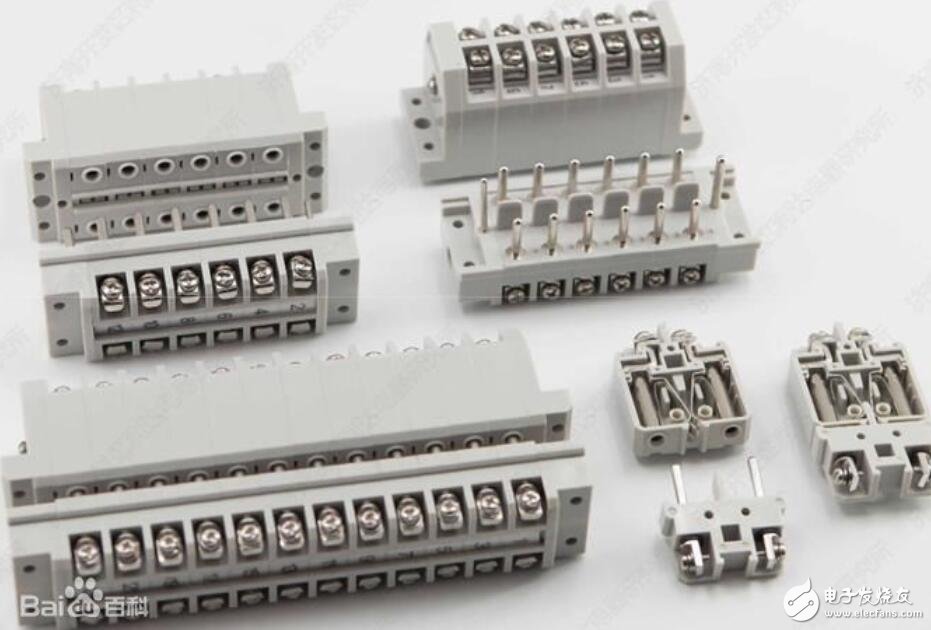I think 51 is better.Because 51 is a relatively standard complex instruction MCU, through learning 51 can be more comprehensive master MCU and general CPU knowledge, to achieve the purpose of analogy bypass (Z80 is also good, but some outdated, development tools are also very backward).PIC is a simplified instruction system, although the machine code is easy to understand, but the limitations of the larger, that is to say, will overemphasize the understanding of MicroChip design ideas.In fact, a comprehensive grasp of single-chip technology is more cost-effective than a fine a chip (not a company tied ideas).
There are many chips similar to PIC, such as AVR, MSP430, Z8, etc. It is easy to understand the principle of these single-chip microcomputers after mastering the structure and instruction system of 51.The reverse may be true.
Here are some more reasons:
In terms of chips: 51 MCU has a very low price and numerous derivative chip series, which cover almost the whole automatic control field from low speed (1MPS) to high speed (30MPS).New chip prices from 5 yuan to hundreds of yuan, of course, there are a large number of chip supply, very convenient self-study and self-experiment.
In terms of development tools: 51 have completely free C language compiler and real-time task system, there are certainly plenty of evaluation version available (including D version) of the world's top development tools, such as: KEIL Tasking/HITech/Resonance/Franklin (Resonance).Of course, appreciating these atmospheric development environments in the context of non-profit will undoubtedly help to cultivate a systematic way of thinking and nuanced insight.
In terms of debugging tools: the 51-series emulators are the cheapest and most diverse.
For PIC series:
The use of a single chip is limited, limited by the machine's own capacity, that is, a little poor versatility.This is why the MicroChip product line is so long.Of course, the idea of MicroChip is very business-friendly, and the interface with users is good in terms of cost/performance and volume production.
There are also some flaws in PIC's instruction system, which often makes users feel that they have to get into the maze of MicroChip chip selection and often hesitate on small issues.
At home: PIC's price is also the fatal factor hindering its wide application.
So I thought:
First to learn the general single-chip, is 51 series, and then combined with specific application needs to choose to learn other commonly used single-chip.Be flexible in your thinking and choices.For example, when A small amount of switching resource is needed, 89C2051 is used; when A simple A/D resource is needed, PIC16F873 is selected; when A large amount of I/O is needed, 89C52 is considered.Consider 51 series when low speed is needed, PIC series when medium speed is needed, 90S AVR series when high speed is needed, and 51-compatible SOC series when high speed is needed.Consider the MSP430 series for low power consumption.
By the way, the commonly used pic16f74/84 can be completely replaced by 89C2051, because there is A speed margin in the general design scheme, and these kinds of chips do not have A/D, the basic structure is similar.In order to use PIC, we have to use pure assembly (compiler is hard to find), and 51 series can use C code at ease, as well as the support of RTOS.
In terms of speed, PIC is not the best. AVR series can achieve single-cycle instruction and pipeline operation, and the AVR series is much faster than PIC in the same power consumption, while the price is much cheaper (certainly a little more expensive than low 51 series). AVR is a new model worth noting.
Although C should be used as far as possible when doing projects, in order to make good use of C, we must first learn assembly. After learning the 51 series of regular assembly system, we will appreciate the assembly environment of each small manufacturer.I have to admire Intel's knowledge and planning ability in CPU technology, which is indeed a giant in the computer industry.

 Английский
Английский  Китайский
Китайский  Немецкий
Немецкий  Корейский
Корейский  Японский
Японский  Farsi
Farsi  Portuguese
Portuguese  Russian
Russian  Испанский
Испанский 





